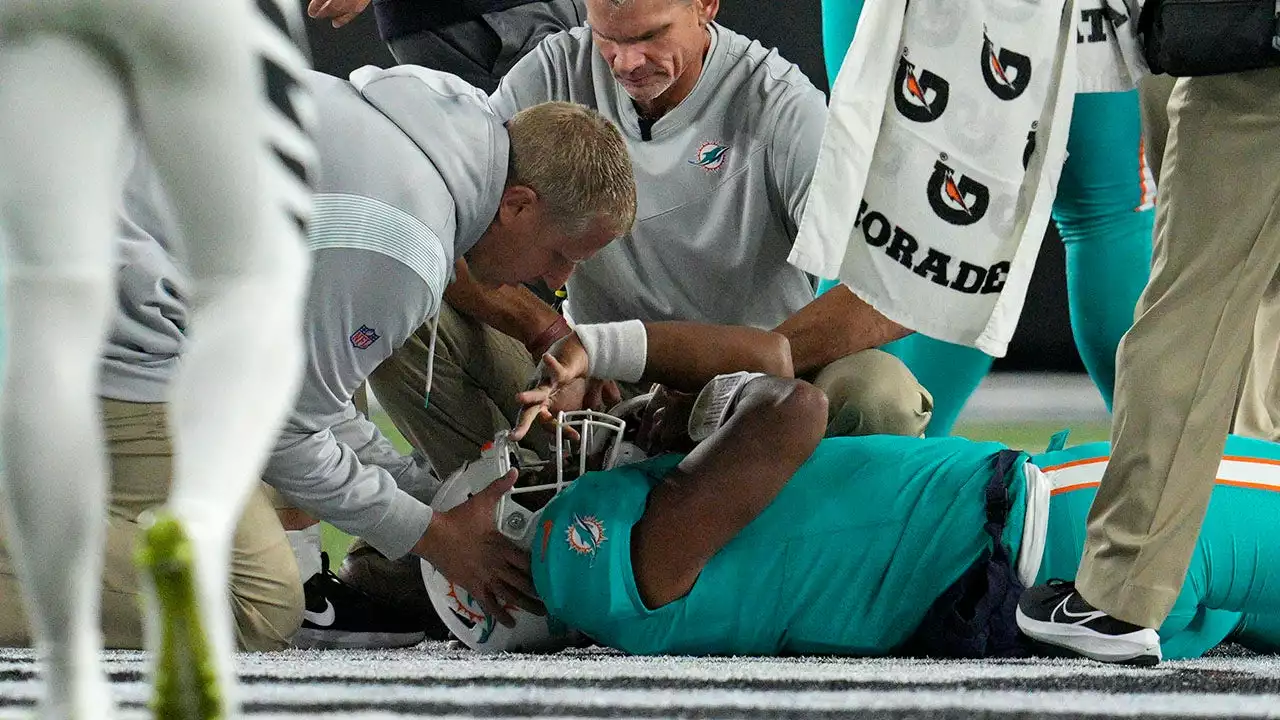
Comprehending the Severity of Concussions
Appreciating the severity of concussions is fundamental for athletes and their support networks. My wife Sienna and I once found ourselves in the crowd of our son's football game, witnessing a player hit hard on the head by an astray ball. The game quickly resumed as the child bounced back on his feet, indicating a lack of awareness about the potential dangers of such injuries among the attendees, including the coach.
The chilling truth is that concussions, injuries resulting from blows to the head that can leave temporary or permanent damage to brain functions, often reveal their effects well after the incident. Symptoms may not manifest until much later, providing victims a deceiving sense of security. Reflecting on the possible risks that the young player was exposed to makes me cringe.
Concussions aren't confined to football. They are prevalent across a spectrum of sports like Australian rules football, cricket, rugby, hockey, and even non-contact sports like cycling and running. This misunderstood threat needs more attention. The World Health Organisation reports mild traumatic brain injuries, including concussions, makeup between 70 and 90% of head trauma injuries worldwide. Thus, it is essential to understand concussions, their cause, and prevention methods.
Identifying Signs and Symptoms
Identifying concussion symptoms is the first step toward managing this condition. These injuries often slip under the radar due to their hidden nature. Disseminating information about prevalent symptoms can revolutionize how we handle head injuries. The power of knowledge, as someone might write in their "write my essay for me now" request, cannot be overstated when defending against these invisible threats.
Common symptoms of concussions include headaches, dizziness, vomiting, confusion, blurred vision, and sensitivity to light and noise, among others. Changes in mood, memory problems, sleep disorders, and balance and coordination issues can also hint at a concussion. Understanding that these symptoms may not appear simultaneously and can emerge at different times is crucial, highlighting the need for continued vigilance after a potential head injury.
An interesting trivia: The term "concussion" originates from the Latin word "couture," meaning "to shake violently." This gives us a clear image of the turmoil inside our brains during a concussion. However, it's crucial to understand that the severity of symptoms can vary from person to person and from one concussion to another.
Significance of Immediate Response and Rest
Immediate action following a suspected concussion is of utmost importance. The person in question should be immediately taken off the field, and waiting passively for symptoms to show up is an unsafe approach. Prompt, professional medical evaluation is also crucial. The mantra "When in doubt, sit them out" should be universally adopted in all sports environments.
Rest plays a significant role in concussion recovery. This extends beyond a good night's sleep to include mental and physical rest, refraining from strenuous activities, and limiting tasks requiring intense focus or thinking. My son's pediatrician fondly refers to it as a "brain holiday," a period allowing your neural pathways to recuperate and realign. Quite an intriguing idea!
However, it's important to remember that rest doesn't always resolve symptoms. Post-concussion syndrome can persist for weeks, months, or even up to a year after the injury, necessitating additional treatment. Remember that every concussion is different, and there is no one-size-fits-all solution.
Preventive Strategies and Safety Protocols
While concussions are frightening, appropriate safety measures and preventive strategies can greatly reduce their risk. Young athletes can be protected by wearing suitable protective gear, practicing good sportsmanship, and adhering strictly to the rules of their respective sports.
Concussion protocols, which include educating athletes, coaches, and parents about potential injury signs and symptoms, are designed to assess and manage suspected concussions. Training should underline the importance of immediate removal from the game, timely medical examination, and sufficient rest following a concussion.
In a lighter vein, Sienna once jokingly suggested that I might have benefitted from a few concussions during our table tennis matches, given how much I learned while sleep-deprived. Jokes aside, early recognition and appropriate responses to head injuries are crucial. Therefore, integrating concussion protocol training at all levels, from grassroots to professional, can play a major role in protecting athletes and minimizing long-term impacts.
Understanding concussions, their consequences, and prevention strategies are key to safeguarding the well-being of athletes and maintaining the integrity of the sports we hold dear. I hope this discussion is an eye-opener, encouraging coaches, players, and parents to take a proactive role in dealing with potential head injuries. The future of our cherished sports depends on it.
Write a comment